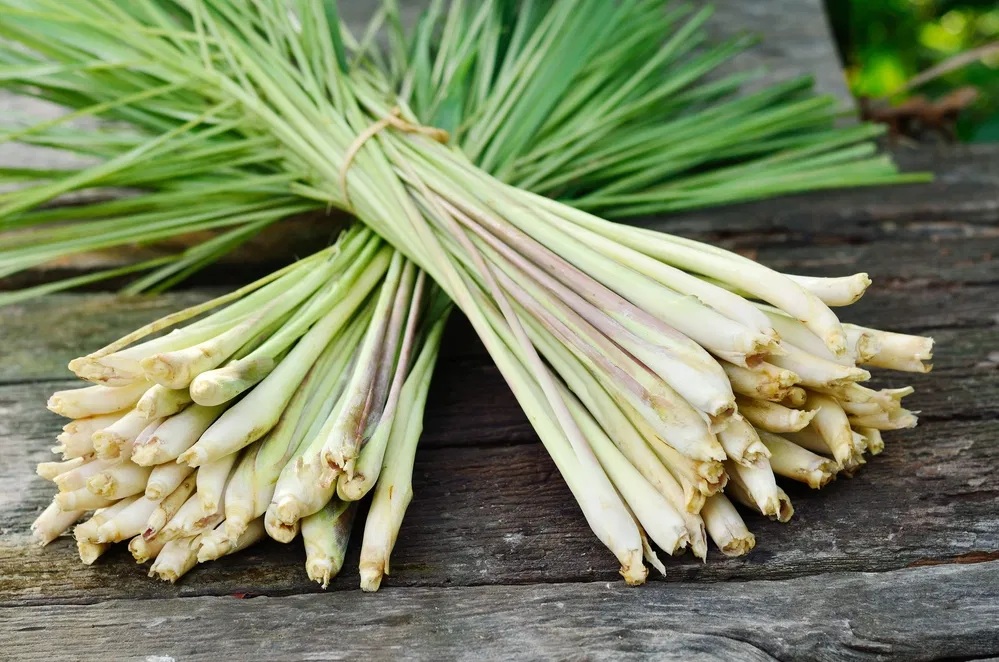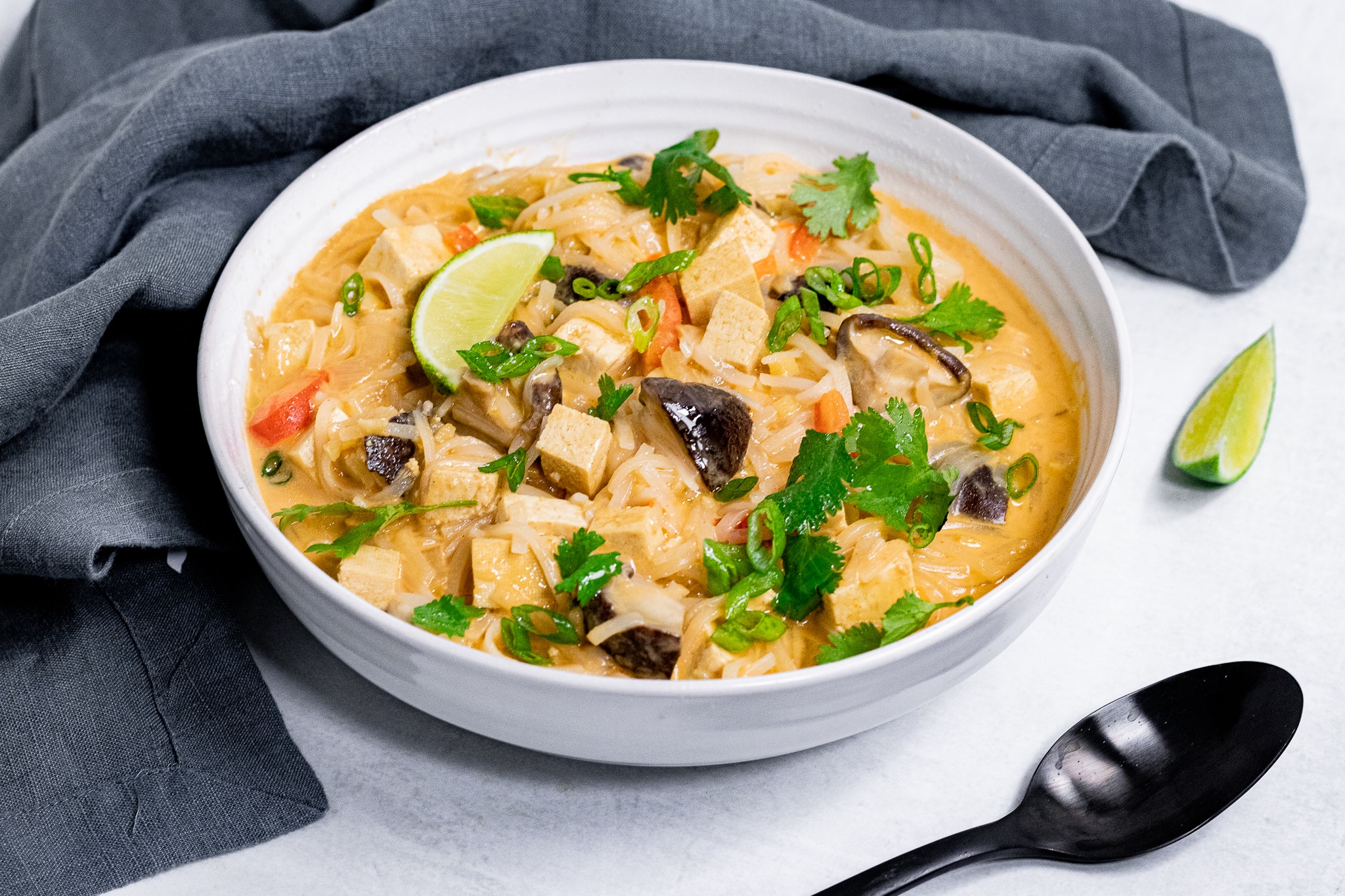The healing power of lemongrass: A tropical treasure for wellness
Cymbopogon citratus, commonly known as lemongrass, is a tropical plant that has captivated cultures for centuries with its vibrant aroma, culinary versatility and potent medicinal properties. Native to South Asia and Maritime Southeast Asia, this perennial grass has spread across the globe, becoming a staple in kitchens, herbal medicine cabinets and wellness routines. With its citrusy fragrance and numerous health benefits, lemongrass is more than just a flavour enhancer – it’s a superfood with a rich history and a promising future in holistic health.

Brief history of lemongrass
Lemongrass has been cultivated for thousands of years, with its origins tracing back to India, Sri Lanka and Southeast Asia. Historical records suggest that it was used in ancient Ayurvedic medicine as early as 2000 BCE to treat ailments such as digestive issues, fever and infections. The plant’s versatility and hardiness allowed it to spread to Africa, the Americas and other tropical regions, where it became a key ingredient in traditional remedies and recipes.
Today, lemongrass is grown in tropical and subtropical regions worldwide, including India, Thailand, Vietnam, Brazil and parts of Africa. Its ability to thrive in diverse climates has made it a global commodity, valued not only for its culinary uses but also for its essential oil and medicinal properties.
Phytonutrients and health benefits
Lemongrass is a powerhouse of phytonutrients that play a crucial role in promoting health and preventing disease. Among its most notable constituents are:
- Citral – The primary component responsible for lemongrass’s citrusy aroma, citral has been shown to possess anti-inflammatory, antimicrobial and anticancer properties.
- Geraniol – Known for its antioxidant and antimicrobial effects, geraniol also contributes to the plant’s distinctive scent.
- Limonene – This compound, commonly found in citrus fruits, has been linked to improved digestion and reduced stress.
- Flavonoids – These antioxidants help combat oxidative stress and inflammation, protecting the body from chronic diseases.
- Chlorogenic acid – Found in many superfoods, this compound can support cardiovascular health and may aid in weight management.
Lemongrass has been traditionally used to treat a wide range of health concerns, and modern research is beginning to validate many of these claims. Here are some health issues that lemongrass is known to address:
- Digestive issues – Lemongrass is known to soothe the digestive tract, reducing bloating, cramping and indigestion. Its antimicrobial properties may also help combat harmful gut bacteria.
- Inflammation – The anti-inflammatory compounds in lemongrass can help reduce pain and swelling associated with conditions like arthritis.
- Infections – Lemongrass essential oil has been shown to inhibit the growth of bacteria and fungi, making it a natural remedy for skin infections and oral health issues.
- Anxiety and stress – The calming aroma of lemongrass has been used in aromatherapy to reduce stress and promote relaxation.
- High cholesterol – Studies suggest that lemongrass may help lower LDL (bad) cholesterol levels, supporting heart health.
Culinary uses

Lemongrass is a versatile plant that can be used in various forms. It is a key ingredient in many Southeast Asian dishes, such as Thai curries, Vietnamese pho and Indonesian sambal. Its bright, lemony flavour pairs well with coconut milk, ginger, garlic and chili, creating a harmonious blend of tastes and aromas.
As a healing plant, lemongrass is often used in macerates, infused into oils or used in steam inhalations. Its essential oil is popular in aromatherapy for its uplifting and calming effects. Additionally, lemongrass poultices have been used topically to relieve muscle pain and skin conditions.
Lemongrass is easily recognizable by its long, slender stalks and pale green colour. The lower portion of the stalk is the most flavourful part of the plant and is typically used in cooking. When cut or crushed, lemongrass releases a fresh, citrusy aroma with hints of ginger and mint. Its flavour is similarly bright and tangy, with a subtle sweetness that balances its acidity.
For people looking to incorporate lemongrass into their diet, here are a few recipe ideas:
- Lemongrass chickpea curry and Lemongrass tofu curry – Fragrant Thai dishes combining lemongrass, coconut milk and spices.
- Vietnamese tofu noodles bowl and Thai lemongrass noodles – Flavourful noodle dishes with fresh herbs.
- Lemongrass-infused coconut rice – A simple yet aromatic side dish.
- Lemongrass Vegetable Pasta Stir Fry with Okra – A surprising mix of tastes and textures.
- Vegan Tom Kha soup – A delicious creamy and filling treat.
- Lemongrass and lime sorbet – A refreshing dessert with a citrusy kick. Use coconut sugar or other alternative to your taste.
Lemongrass has many other uses outside of the kitchen. In fact, it is now commonly used in eco-friendly products, such as natural insect repellents and cleaning solutions, thanks to its natural antimicrobial properties.
Lemongrass is more than just a culinary delight — it’s a testament to nature’s ability to heal and nourish. From its ancient roots in Ayurvedic medicine to its modern applications in wellness, this tropical plant continues to inspire and benefit people around the world. Whether enjoyed in a steaming bowl of soup or sipped as a calming macerate, lemongrass offers a refreshing way to enhance both health and happiness.
This article is not medical advice and is not intended to treat or cure any disease. Always consult with a qualified naturopathic physician for personalized advice about your specific health situation or concern.
yogaesoteric
March 30, 2025
